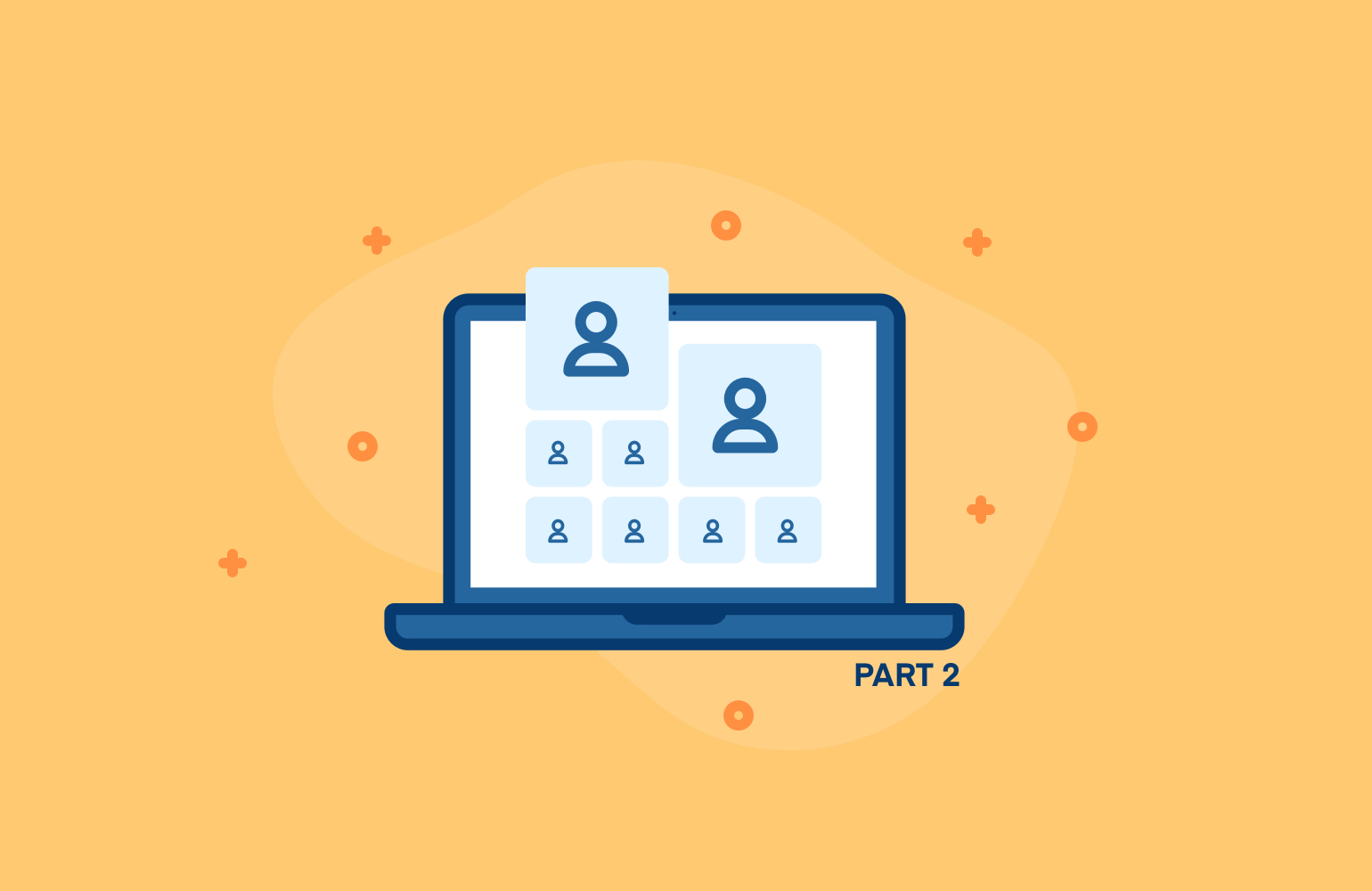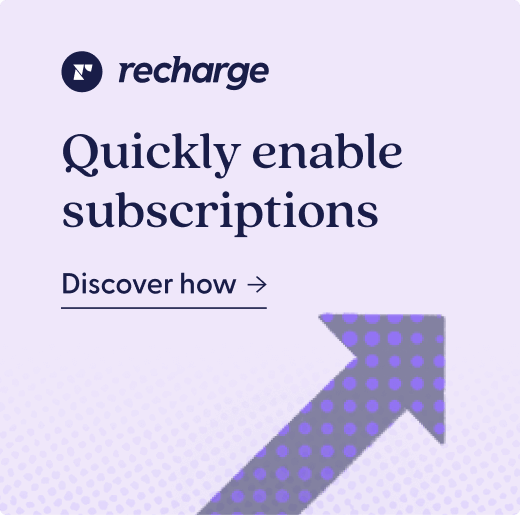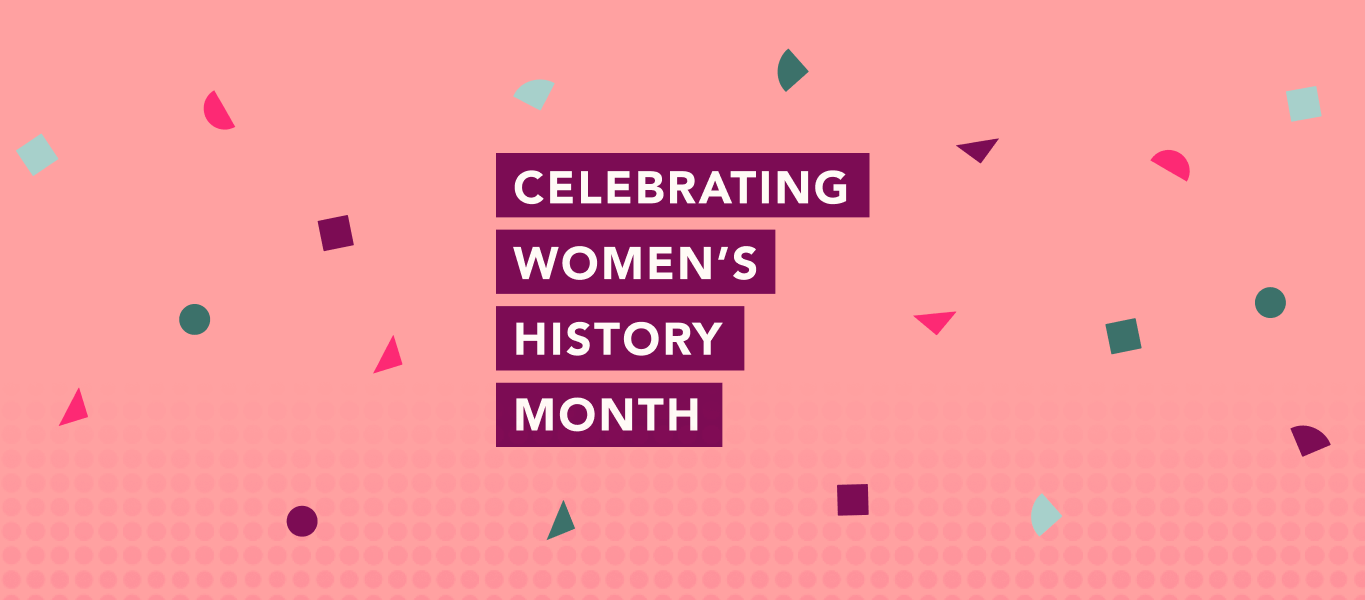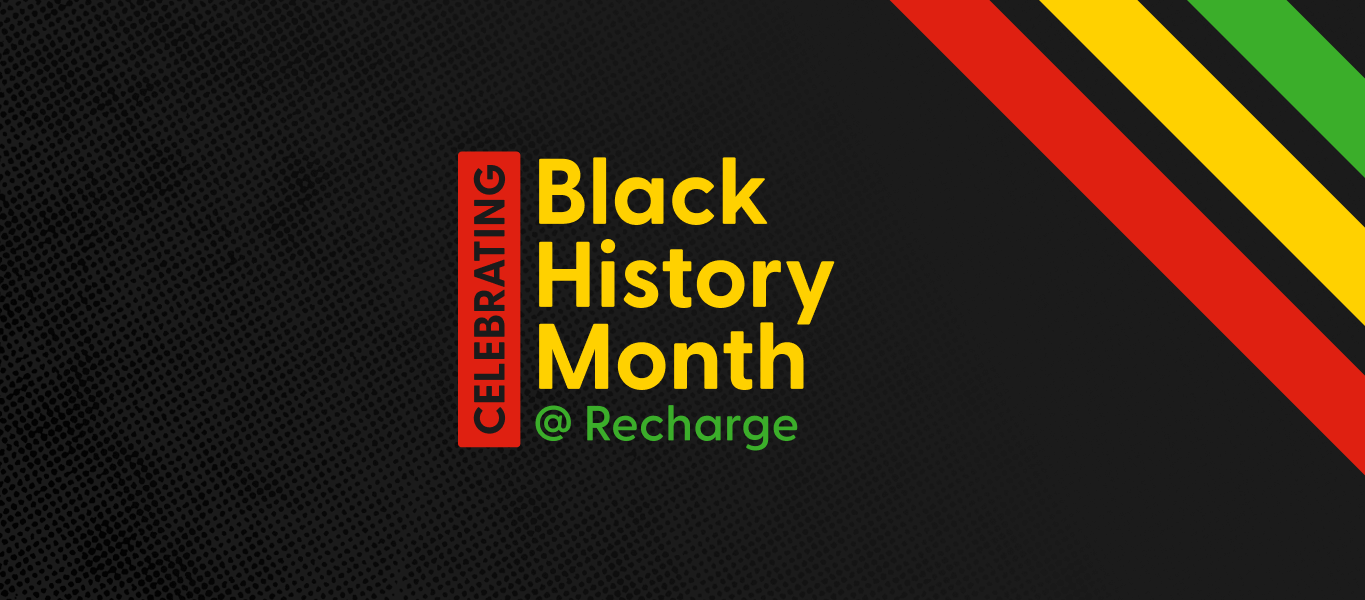If you haven’t already, be sure to check out part 1 of our series on remote work. We took an in-depth look at how Recharge embedded a remote-first mindset in our culture and shared several high impact tips for working remotely.
In part 2, we’ll share the specific tools we use in our day-to-day remote operations and outline our best practices for interviewing candidates and onboarding new, full-time remote employees.
Throughout this article you’ll also see pictures and quotes from Recharge team members who were asked to share a photo of their workstation and their favorite part about working remotely. Like this shot from a Technical Talent Acquisition Partner:
Tools we use
Let’s start with the tech stack we use to stay organized and maximize our productivity as a remote-first company:
- Communication: Slack
- Video Conferencing: Zoom
- Project Management: Jira (Atlassian)
- Internal Documentation: Confluence
- Organizational Chart: Bamboo HR
- Applicant Tracking System: Greenhouse
- Support: ZenDesk
- Payroll: Trinet
If your company is a garden and your remote team are the plants, then your tech stack is the tools you use to cultivate growth. As any greenthumb can attest, you have to have the right balance of tools or the whole ecosystem wilts. Find the mix of tools that lets your remote team thrive and you’ll enjoy fresh herbs all year.
Hyper-specific job postings
Let’s look at the big picture. Before we even think about posting for an open position we take time to ensure we are crystal clear on the specifics for the role. We need direct and concise answers to questions like these:
- What exactly we are looking for in terms of experience?
- What will this candidate be working on day to day?
- Who will they be working with in their team?
- How will we gauge their performance?
The remote interview process
Early stage companies often hustle to make it work and sometimes that means multiple virtual interviews before meeting in person. But as companies scale this process needs to be perfected.
This means plotting out the questions you’ll ask candidates through interviews so you’re not creating duplication across team members. More importantly, narrow in on the specific qualities you are looking for in a candidate.
Here are the tools we use for conducting remote interviews and their benefits:
- Calendly – No more phone or email tag to set up an interview, Calendly simplifies the scheduling process by sending available interview times to candidates, letting them choose what works best and having their response added to your calendar.
- Zoom & Google Hangout – Video conferencing with candidates allow you to establish a human connection and gives you the benefit of being able to gauge their body language during the interview.
- Greenhouse – Provides customizable interview kits with scorecards as well as tracks the time it takes from posting to hiring to help improve the interview process and velocity.
From a Recharge perspective, after an interview we will huddle up remotely and talk over how we think the candidate did while vetting them against the criteria we’re looking for. We also gauge them on how closely we think they align with Recharge’s core values of simple solutions, empathy, and ownership.
Remote onboarding new hires
We take steps to ensure starting a new job at Recharge won’t feel like you are trying to jump onto a speeding train. Here’s how we accomplish that.
The first three days of onboarding are strictly spent learning the platform with little to no contact with the team they’ll actually be joining. We think it’s important in those first few days to not overload people with their day-to-day tasks while they’re learning the ins and outs of the company. This allows new hires to focus on getting to know Recharge and then get to know their team.
Those first few days of onboarding are filled with curated training modules specifically selected based on the departments they’re joining. These online courses are designed to help familiarize employees with our brand, culture, and product tools.
“The ability to step outside and take a walk around the block whenever I want, it’s a great de-stressor and great for problem solving and deep thinking.”
Chris Brown
Department playbooks, leadership meetings, and town halls
Each department across Recharge (and the teams within those departments) have playbooks. These documents can be viewed company wide and allow us as a remote team to all operate on the same page. Their purpose is to document everything with in-depth information on each department’s roles and responsibilities to make onboarding and referencing scalable.
Each onboarding group also has orientation meetings scheduled with leads across various departments. These presentations give new hires facetime with key leaders and provide them with in-depth looks at the platform and the various roles of each team.
Recharge also has town halls every two weeks which includes company wide announcements, sharing of recent successes and failures and an Ask Me Anything (AmA) with members of SLT.
Meetings with your team lead (1:1s)
Rechargers have a weekly 1:1 Zoom call with their leads to check in on a personal level and track the status of ongoing projects. Starting conversations with empathy and touching base with how team members are doing in their personal life is strongly encouraged.
From there, it’s making sure that workloads are manageable and with a focus on tracking project progression. Logging these check-ins with details on when projects were assigned and completed is a valuable resource for getting the full picture of a team members workload.
For new hires we also use a 30/60/90 day plan to track progress and provide guidance over the first three months. This plan has certain tasks and milestones tailored to an individual’s role so that at the beginning of their first 90 days they’ll know what’s expected of them and how their performance will be measured.
“I like the ability to choose where to work, when to take a break, and the focus on output rather than input. I find a lot of office companies seem to focus more on butt-in-seat than the output/impact of people.”
Dennis Newel
Difficult Conversations
What happens if a person isn’t working out? How do you terminate someone remotely?
If we’re considering ending someone’s employment there are numerous checkpoints along the way where we can see if an employee is meeting expectations. This is where the importance of documentation comes into play.
Checkpoints like the weekly 1:1 or 30/60/90 plan tracker provide a clear picture of how a team member is performing. These regular conversations also gives team leads opportunities to check in and ask why an individual isn’t meeting expectations.
It’s important to lean on your HR team in these situations to make sure these decisions are not only supportive of the employee but properly executed in accordance with the employment laws in your region.
Guide to working with me
We’re big believers in having team members create a personal guide to working with them and placing it in their Slack profile. When you’re working remotely you don’t have the luxury of being able to notice someone’s body language when you’re communicating with them. So why not create and share your own user manual?
We offer templates for new hires which typically includes sharing your working style and your prefered methods of communication. Additionally, include the results of any personality tests you’ve taken like the Myers-Briggs Type Indicator or CliftonStrengths assessment. Other impactful pieces we recommend include: what I want to be involved with, or what makes me feel impatient.
What’s next for remote work?
The future is now when it comes to remote work. Across the world, businesses are adapting to the sweeping changes 2020 has brought in the dawn of this new decade. The adoption of remote work, voluntarily or involuntarily, is chief among these changes.
Recharge has been fully remote since we started five years ago. With over 160 team members working harmoniously across the world, we wanted to share what we’ve learned to give back to the global community in any way we could. We hope this feature and its companion piece were able to shine a light on replicable best practices and that whether you’re a business or individual this series helps you live your best remote life.
“At my last office job, commuting used to take up two hours of every workday. Going remote gifted me 10 free hours per week to work on my own projects, hobbies, or just to relax or hang out with friends.”
Damien Richard



